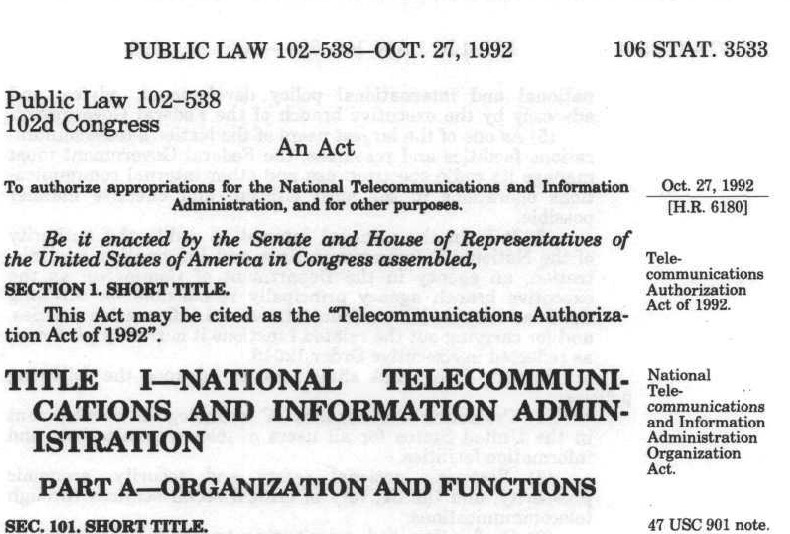Celebrating 45 Years of NTIA
A Walk Through the History of the Agency
From its inception in 1978, the National Telecommunications and Information Administration (NTIA) has played a crucial role in shaping the nation's telecommunications policies and promoting innovation and growth in the technology field. As we reflect on the past 45 years of progress, we honor the visionaries and policymakers who have made the journey possible. So, please join us as we explore the milestones that have shaped NTIA's legacy.
1970-80s
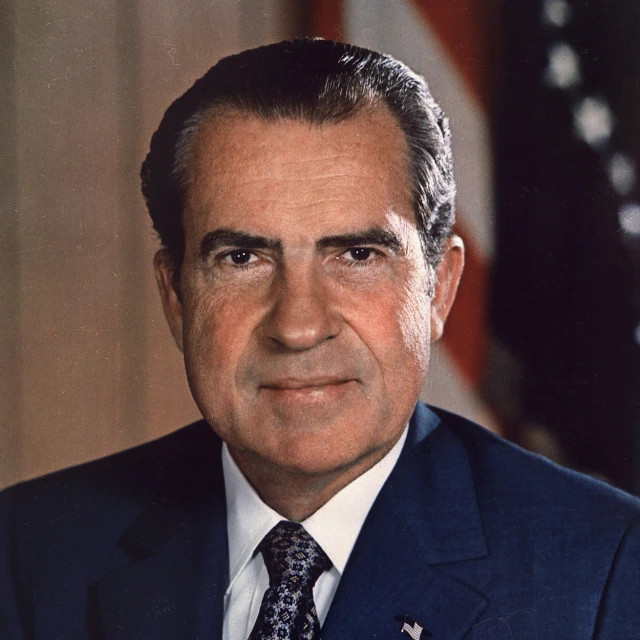
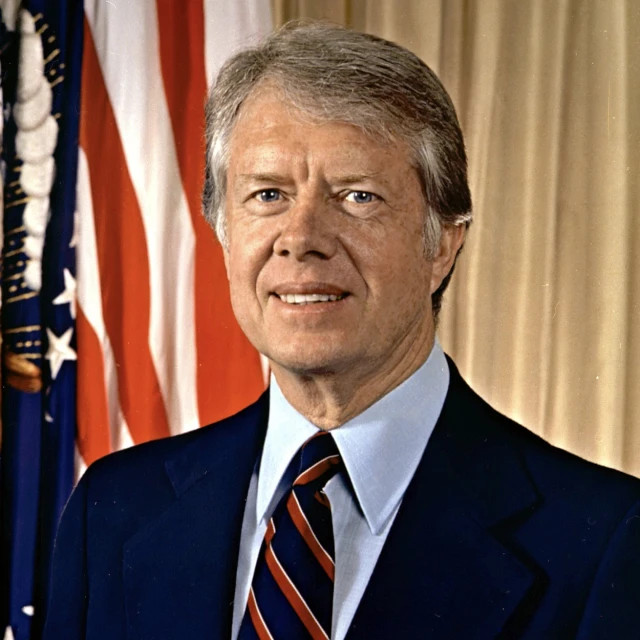
NTIA has always been the President’s go-to for telecommunications policy. President Nixon created the Office of Telecommunications Policy via executive order in 1970. But NTIA as we know it today was created by President Carter in 1978 through an executive order that shifted the agency to the Commerce Department as part of a reorganization of the Executive Office.
NTIA operated under the language of President Carter’s executive order for nearly 25 years until Congress made it official. The 1992 Telecommunications Authorization Act gave NTIA statutory authority.

Henry Geller served as NTIA’s founding Assistant Secretary and Administrator. In addition to his critical work of building NTIA’s internal capacity, Administrator Geller was an ardent advocate for children’s television, helping support the passage and implementation of the Children’s Television Act of 1990.
 Celebrate with Us
Celebrate with Us
We’d love to have you stop by to say hello. Click here to tweet us a “Happy Birthday!”
Alfred Sikes served as Administrator of the NTIA during the Reagan Administration, beginning in 1986. Sikes was an early believer in the power of communications technologies, saying in 1989 that “communications technologies and services offer so much, the government’s potential to aid or obstruct progress has never been greater.” During his tenure, he involved the NTIA in the rollout of high-definition television.
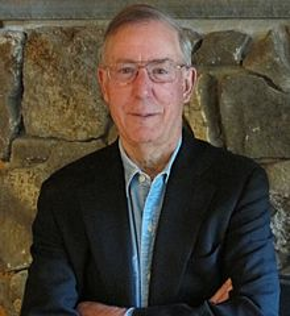
“Communications technologies and services offer so much, the government’s potential to aid or obstruct progress has never been greater.”
- Alfred Sikes
former NTIA Administrator
1990s
Larry Irving led NTIA under President Clinton from 1993-1999. The first Black administrator of NTIA, Mr. Irving co-authored Falling Through the Net, a report that first identified the existence – and consequences – of the “digital divide.”
His groundbreaking work inspired the E-Rate program, laid the foundations for NTIA’s current work on digital equity, and won him a spot in the Internet Hall of Fame.
Did you know...
NTIA has a history of supporting children’s televisions shows. In 1993, popular children’s television shows “Arthur” and “The Magic School Bus” were recipients of National Endowment for Children’s Educational Television (NECET) grants from NTIA, with the show “Ghostwriter” receiving a grant in 1994.


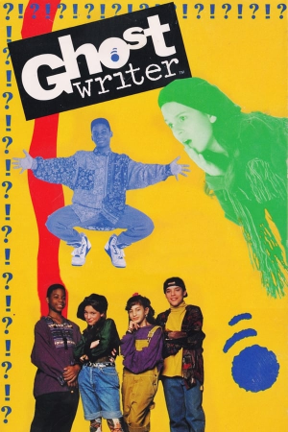
In 1994, NTIA sponsored the first virtual government hearing over the Internet. Schools and public libraries nationwide offered public access points for Americans who otherwise wouldn’t have access to view the hearing.

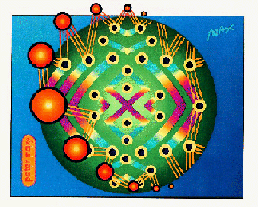
In 1995, the NTIA released a report entitled, “The Global Information Infrastructure: Agenda for Cooperation.” The Agenda for Cooperation sought to identify the steps the United States, in concert with other nations, could take to make the vision of a free, global Internet a reality. The principles enumerated in this report and by the NTIA throughout the rest of the 1990s helped transform the Internet into a shared international resource
 Around the Office
Around the OfficeNTIA’s Office of Policy Analysis and Development (OPAD) develops, analyzes, and advocates for Internet and communications-related public policies that promote digital inclusion, innovation, competition, jobs, and economic growth for the benefit of the American people. OPAD manages a sprawling portfolio, spanning everything from policies surrounding landline telephones to 5G to emerging technologies.
Since the passage of the Secure and Trusted Communications Networks Act of 2019, NTIA has overseen the Communications Supply Chain Risk Information Partnership (C-SCRIP). C-SCRIP is an information sharing program intended to ensure that small, rural providers have access to the supply chain risk information they need before they make an investment, which should mitigate further “rip and replace” programs in the future.
In the same year, NTIA established its website at ww.ntia.doc.gov (now ntia.gov). The digitization of information on the NTIA website and the websites of other agencies made government more accessible to everyday Americans.
2000s
Gregory Rohde served as NTIA administrator in the final act of the Clinton Administration. During his tenure, he directed the Critical Information Infrastructure Assurance Program (CIIAP), the federal government’s first major pre-9/11 cybersecurity initiative. The cyber best practices of early programs like CIIAP have stood the test of time, even as cyber challenges continue to evolve.
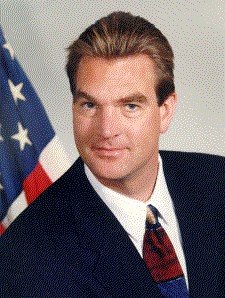
 Around the Office
Around the OfficeThe Office of Spectrum Management (OSM) manages the federal government’s use of the radio frequency spectrum., OSM’s work ensures that federal agencies have access to the airwaves they need to meet their important missions—from weather prediction to airline safety to national security and much more.
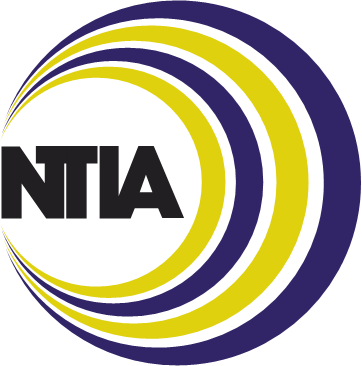
In 2003, the NTIA and FCC signed a memorandum of understanding that affirmed the two agencies’ coordination on spectrum. This memorandum replaced a previous agreement from the 1940s that preceded the NTIA’s founding. In 2022, Assistant Secretary Davidson and Chairwoman Rosenworcel updated the memorandum to further strengthen interagency cooperation on spectrum.
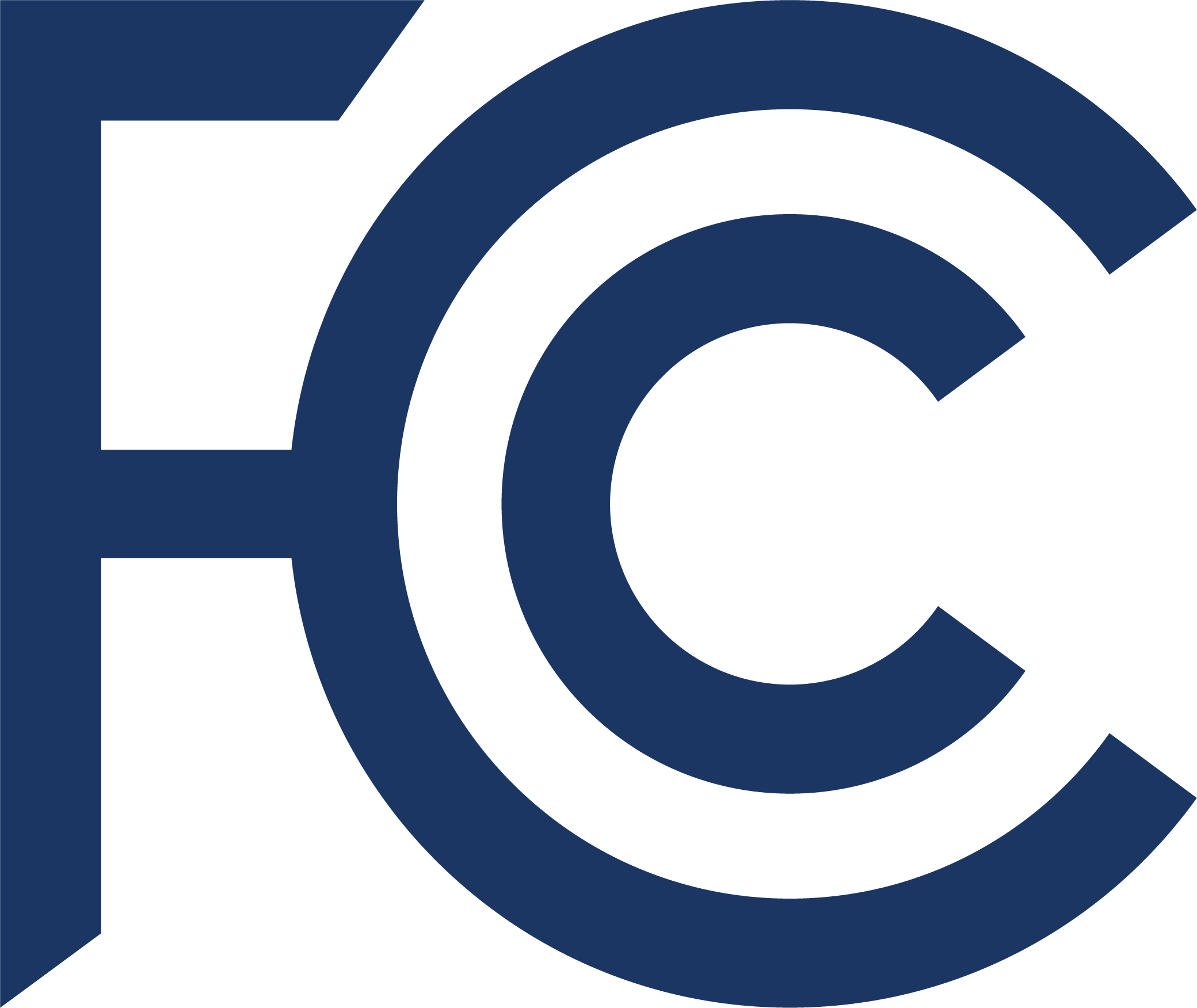
 Around the Office
Around the OfficeNTIA’s Office of International Affairs (OIA) both advises the President on global telecommunications policy issues and represents the federal government in key international engagements. The Office is the executive branch expert on the Internet’s domain name system (DNS) and, as a result, represents the U.S. in its interactions with the Internet Corporation for Assigned Names and Numbers (ICANN).
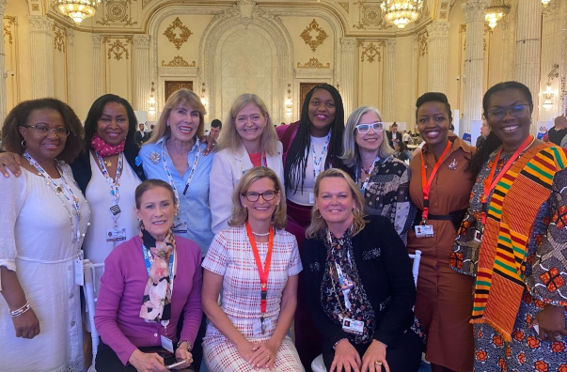
 International Spotlight
International SpotlightThe International Telecommunication Union (ITU) is the specialized agency of the United Nations tasked with facilitating international connectivity in communications networks, especially regarding radio spectrum and satellite orbits. The NTIA advances U.S. treaty positions in both the Standardization and Development sectors of the ITU.
Director Bogdan-Martin made history as first woman to be elected Secretary General in the ITU’s 157-year history. She is also the first American to serve in the role since 1965. In 2022, the NTIA played a pivotal role in supporting Ms. Bogdan-Martin's successful candidacy to lead the International Telecommunication Union. Ms. Bogdan-Martin began her career at the NTIA in 1989 as a telecommunications policy specialist. In her new role, Bogdan-Martin is a champion for gender equality and the expansion of digital opportunity.
In addition to its leadership on the ITU, the NTIA leads federal preparation for proposals and technical work related to a regional body, the Inter-American Telecommunication Commission (CITEL) of the Organization of American States. Regional bodies like CITEL play an important role in equitable access to spectrum and economic development.
2010-20s
The Office of Public Safety Communications, established in the Middle Class Tax Relief and Job Creation Act of 2012, supports the First Responder Network Authority (FirstNet Authority) in its efforts to deploy, operate, and maintain the nationwide public safety broadband network. OPSC also collaborated with the National Highway Traffic Safety Administration to support the 911 Grant program, which equips public safety answering points with next generation 911 capabilities.
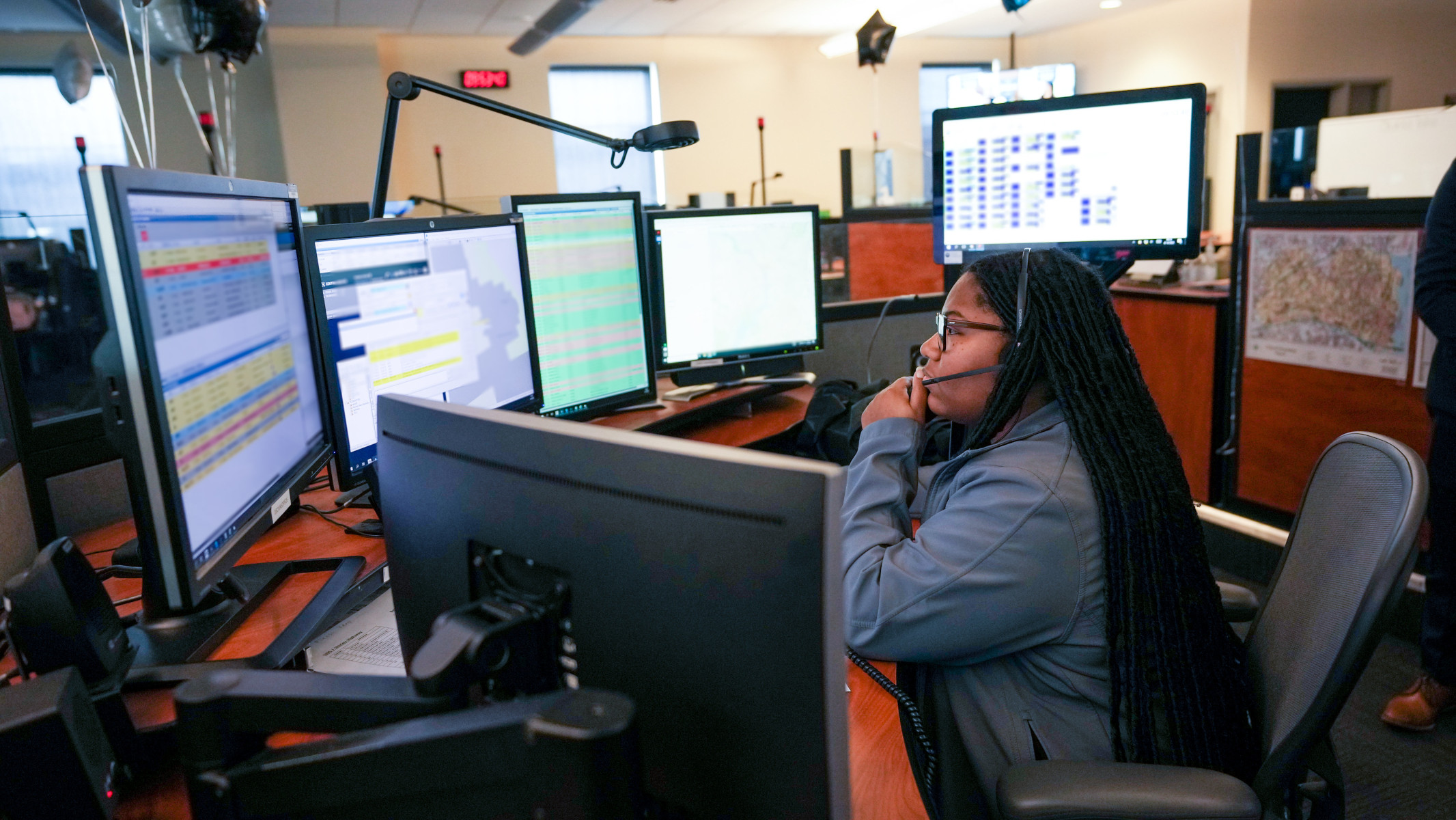

In 2021, the NTIA established two new offices, the Office of Internet Connectivity and Growth and the Office of Minority Broadband Initiatives, to help ensure that Americans have access to high-speed Internet service.
Following the passage of the Infrastructure Investment and Jobs Act, OICG began implementing the Broadband, Equity, Access, and Deployment (BEAD) program, the Enabling Middle Mile Broadband Infrastructure Program, an additional Tribal Broadband Connectivity Program funding round, and three Digital Equity Act programs. OICG is not the NTIA's first endeavor into grantmaking: before the OICG, the Office of Telecommunications and Information Applications made critical investments in broadband infrastructure with its Broadband Technology Opportunities Program.
 Around the Office
Around the OfficeThe Institute for Telecommunication Sciences (ITS), an office with roots dating back to the 1940s, is the research and engineering arm of the NTIA. ITS partners with government agencies and academic institutions to conduct cutting edge research into telecommunications technologies. ITS also provides investigative assistance to federal, state, and local governments facing telecommunications challenges.
ITS manages the Advanced Communications Test Site at the Table Mountain Radio Quiet Zone, the only area protected by federal and state law from strong, external electromagnetic signals that is currently available for sensitive radio or electromagnetic experiments.
The 5G Challenge, hosted by ITS, aims to accelerate the adoption of open, interoperable wireless network equipment to support vendor diversity, supply chain resiliency, and national security. In the 2022 competition, ITS awarded $3,000,000 in prizes to contestants, and this year up to $7,000,000 in prizes are available.

